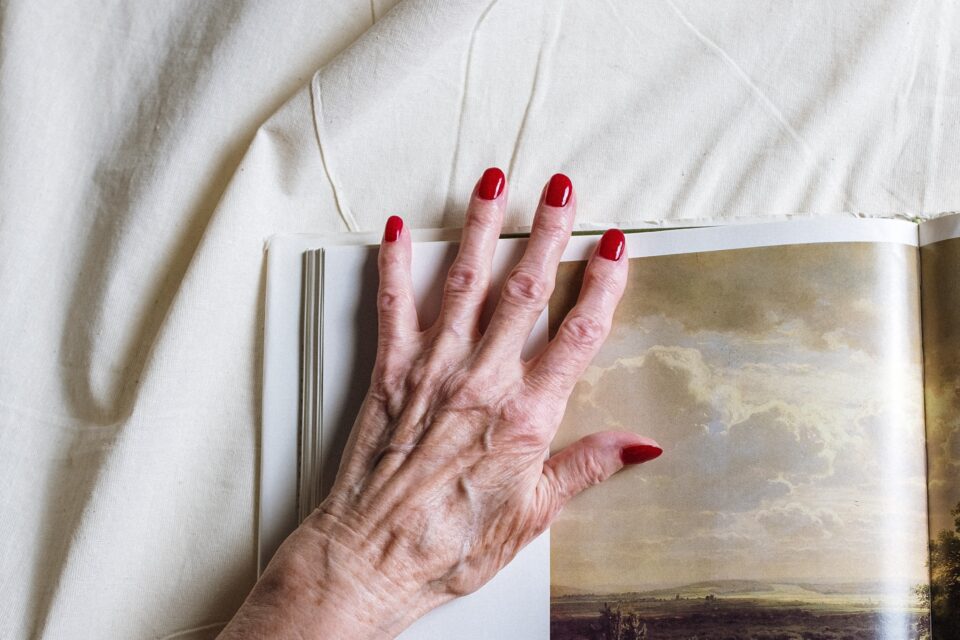I never liked Cinderella. Even as a kid, it was my least favourite story because I never understood why Cinderella stayed with her evil stepmother. Why did she do all those chores? Why did she marry a guy she barely knew, particularly one obsessed with feet? I also disliked the moral of the story, ‘be kind’. There is nothing wrong with being kind, but it’s a terrible moral for Cinderella’s situation. What would have happened if she had been less kind or passive to her abusive stepfamily? Could she have saved herself or escaped? I also had one big question. Why do we never hear from Cinderella’s perspective? It is one thing to tell a person to be nice, its another thing to demonstrate and explain why, and I always felt that the Cinderella failed at that. That was until I saw Ever After.
Ever After is an effective re-imagining of Cinderella because it gives Cinderella a voice and a female storyteller. At the beginning of the film, we meet the famous Brothers Grimm at the height of their fame. They are on their way to meet the Grande Dame, who has some choice words about their depiction of her ancestor. This already makes the story more interesting. Not only do we have a strong woman lecturing two men about their sexist morals, but the film argues that Cinderella was a real person who became a story, one which eventually found its way to the Brothers. These opening moments tell us that what we called the ‘official’ Cinderella, via the Brothers Grimm, is just a variation of a larger story. It also suggests that the Brothers Grimm overlooked certain facts in order to create a specific narrative where Cinderella is helpless but kind. Ever After suggests that kindness is actually a complex and political statement.
The Grande Dame explains that the real Cinderella was named Danielle de Barbarac, is she was far more independent than the Grimm’s story would suggest. She had a mind, a will, and realistic dreams. Her story was not defined by meeting the Prince, but rather, by becoming her own fairy godmother and saving herself.
At the end of the film, the Brothers ask the Dame if Danielle and her Prince lived happily ever after. The Dame explains that yes, they did, but the real point is that they lived in the first place. This adjustment transforms our familiarity of Cinderella. It is no longer a story about an idealized relationship, but one whose true magic came from hard work and perseverance. Magic did not just arrive, Danielle had to go out and find it. Danielle might not have been a real person, invented by the film, but her voice successfully repositions the Cinderella story.
By changing the storyteller, the film asks us to consider a few things. First, the way stories travel and change across generations, and the way we install various morals and ideologies to these stories (like being kind versus being assertive). Second, that each storyteller comes to a fairy tale with a different perspective, bias, and audience. These can vastly change a story, but there is something interesting in that. Ever After never completely dismisses the Grimm’s version of Cinderella, nor our preconceptions of what the story should be like. Instead, it adds onto it, building rather than diminishing. At the end of the film, both the Dame and Brothers Grimm have a version of the Cinderella story which they prefer. This does not mean that one story is worth any more than the other. We might like one version more, as I certainly do, but these stories work together to form a more vivid narrative and character.
